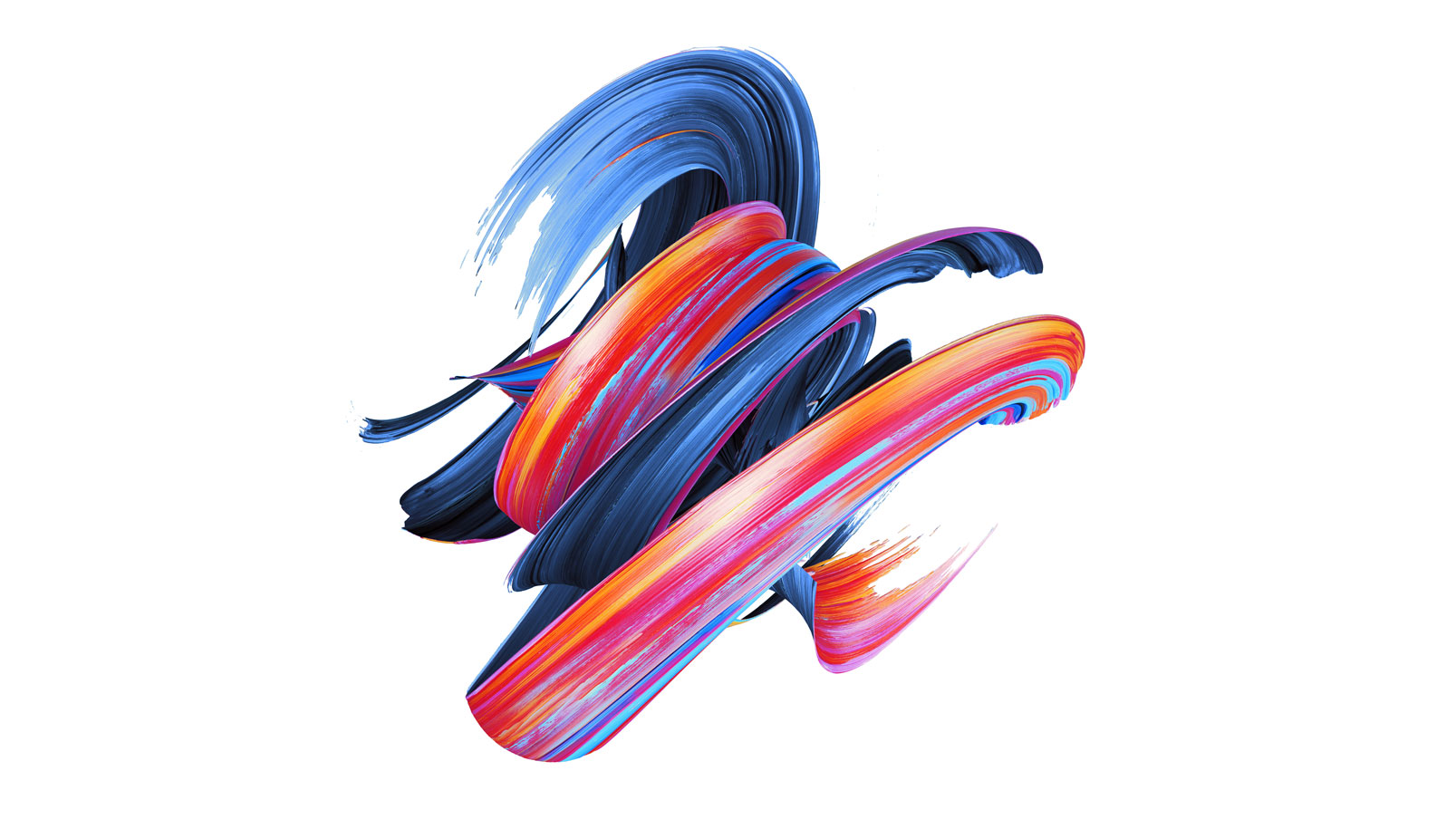IMAGING SCIENCE AND TECHNOLOGY FOR MATERIAL APPEARANCE
REALNESS IN DIGITAL IMAGES
-Understanding how the human brain interprets images could underpin the future of internet shopping, cosmetics, digital fabrication and even non-invasive medicine.
Research Keywords: Texture Engineering, Image Sensing, Visual Psychology
 © iStock.com/wacomka
© iStock.com/wacomkaWhen internet purchases arrive and seem nothing like their picture, it can be a disappointing experience for shoppers. So, while big e-commerce players are increasingly investing in technologies to help personalize products or shop via phone or virtual reality headset, a significant stumbling block is rendering realistic, digitally produced images.
“To achieve a realistic rendering of something, we also need to deeply consider human perception,” explains Keita Hirai, a member of the Imaging Science and Technology for Material Appearance group at Chiba University’s Graduate School of Engineering. How we perceive a material, he says, can also be linked to cognition, not just physical phenomena.
To examine the complex effect of the mind’s eye, Chiba University have drawn from a diverse range of researchers, including engineers, psychologists, and medical and cognitive scientists.
Recently, Hirai's team developed a new system for texture evaluation, and through participant feedback have devised a set of algorithms that can produce more realistic digital representations of patinas and colours overlaid onto textured fabrics in digital images. The aim, he says, is to one day digitally simulate photo-real fabric appearance via a smart device. Hirai points out that this will not only be helpful to internet shoppers, but that these algorithms could also find applications in rapidly advancing digital fabrication techniques, such as printing digital patinas onto fabrics or objects, and manufacturing representative digitally-designed 3D products. In fact, the group aims to contribute to industries as diverse as cosmetics and medicine.
FILTERED THROUGH THE BRAIN
Among the work done by the diverse group is a study examining texture. Viewers, suggest the researchers, often see the broad design of patinas printed on fabric, but some textures contribute to a blurring out of finer details. In contrast, high-resolution digital images with very accurate representations of the same material seem unnaturally sharp. To explore this, the researchers developed different ‘blurriness’ filters linked to material qualities and fine-tuned them by asking participants in their experiment to rate the naturalness of the images.
Another group found that our perception of colour is affected by our understanding of its dimensionality. The same viewer looking at the same image saw colours differently depending on whether they interpreted the image as two dimensional or three dimensional. Viewing images with one eye or both, and whether the image or the viewer’s head was moving, also affected how natural the image seemed. This work, says Hirai, is important for better smart device production. “A more informed colour management system, for example, may help realize more accurate colour reproduction between different devices: displays, cameras and printers,” he explains.
Hirai says the group's work will influence the most cutting-edge imaging technology, such as the omni-directional 3D camera systems and virtual reality headsets coming from technology giants such as Sony, Panasonic, Canon and Nikon. While he also mentions cosmetics and automotive painting, one team have already had some remarkable success in one crucial, but quite unique area — medical diagnostics.
These researchers have carefully studied the optical properties of haemoglobin in skin using images taken on a simple DSLR camera. Incredibly, they found they could measure both the heart rate and its variability with 99 percent accuracy. This opens the door to everything from non-invasive medical diagnosis to a better understanding of physical exertion using a simple smartphone app.
(CHIBA RESEARCH 2020)Members
Principal Investigator
| Name | Title, Affiliation | Research Themes |
|---|---|---|
| TSUMURA Norimichi | Associate Professor, Graduate School of Engineering | Color Dynamics, Pattern Recognition |
Co-Investigatior
| Name | Title, Affiliation | Research Themes |
|---|---|---|
| HORIUCHI Takahiko | Professor, Graduate School of Engineering | Texture Image Engineering, Visual Engineering, Color Engineering |
| HIRAI Keita | Associate Professor, Graduate School of Engineering | Color Information Processing |
| MIZOKAMI Yoko | Professor, Graduate School of Engineering | Visual Information Processing |
| IMAIZUMI Shoko | Associate Professor, Graduate School of Engineering | Information Security |
| KOHRI Michinari | Associate Professor, Graduate School of Engineering | Materials Engineering |
| YATA Noriko | Assistant Professor, Graduate School of Engineering | Evolutionary Computation, Neural Network |
| MATSUKA Toshihiko | Professor, Graduate School of Humanities and Studies on Public Affairs | Cognitive Modeling |
| YOSHIMURA Kensuke | Professor,Chiba University Hospital | Medical management,Medical informatics,Neuropsychiatry |
| TOKUNAGA Rumi | Associate Professor,College of Liberal Arts and Sciences | Color engineering,Visual information processing |
| AMEMIYA Ayumi | Assistant Professor,Graduate School of NursingGraduate School of NursingGraduate School of Nursing | Nursing science and engineering |
| KOBAYASHI Eriko | Associate Professor,Graduate School of Pharmaceutical Science | Social Pharmacy,Regulatory Science |
| NAKAMURA Kazuki | Associate Professor, Graduate School of Engineering | Optical functional material,Optical property measurement |
| KOTSUKI Shunji | Associate Professor, Center for Environmental Remote Sensing | AI,Big data analysis,Numerical modeling simulation |
| INOUE Shinichi | Associate Professor, IGPR | Optical, Measurement system, Modeling | HANAZATO Masamichi | Associate Professor, Center for Preventive Medical Science | Healthy city/architecture,Public health | SHIINA Tatsuo | Associate Professor, Graduate School of Engineering | Optical measurement,Optical data analysis |
